Protecting Eyes from Seasonal Allergies: A Complete Guide
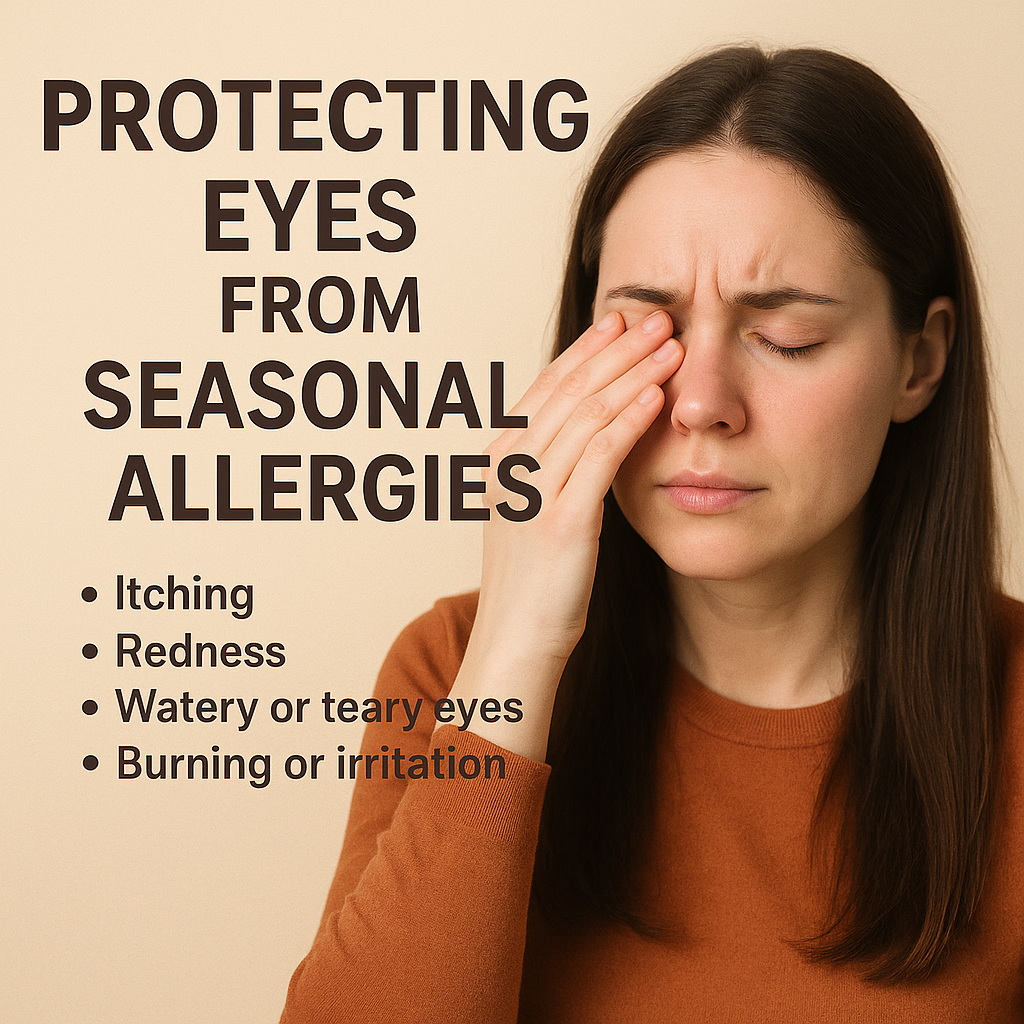
Seasonal eye allergies, or allergic conjunctivitis, are common in India due to dust, pollen, pollution, and weather changes. Symptoms include red, itchy, watery eyes, often accompanied by sneezing or nasal allergies. While not contagious, they can be very uncomfortable. Types include seasonal allergic conjunctivitis (SAC), perennial allergic conjunctivitis (PAC), vernal keratoconjunctivitis (VKC), and atopic keratoconjunctivitis (AKC). Protecting eyes involves avoiding triggers, wearing sunglasses, maintaining hygiene, using preservative-free lubricating drops, and following doctor-prescribed medications if necessary. Diet, hydration, and lifestyle adjustments can also reduce irritation. Parents should be particularly cautious with children, as VKC can affect vision if ignored. Differentiating allergies from viral eye infections ensures correct treatment. Simple measures like cold compresses and regular cleaning can prevent flare-ups, while severe cases need specialist care. Awareness, prevention, and timely action are key to keeping eyes healthy throughout seasonal changes.
Corneal Transplant: Conditions, Types, and Expert Care at Dr. Anushka’s Super Speciality Eye Hospital
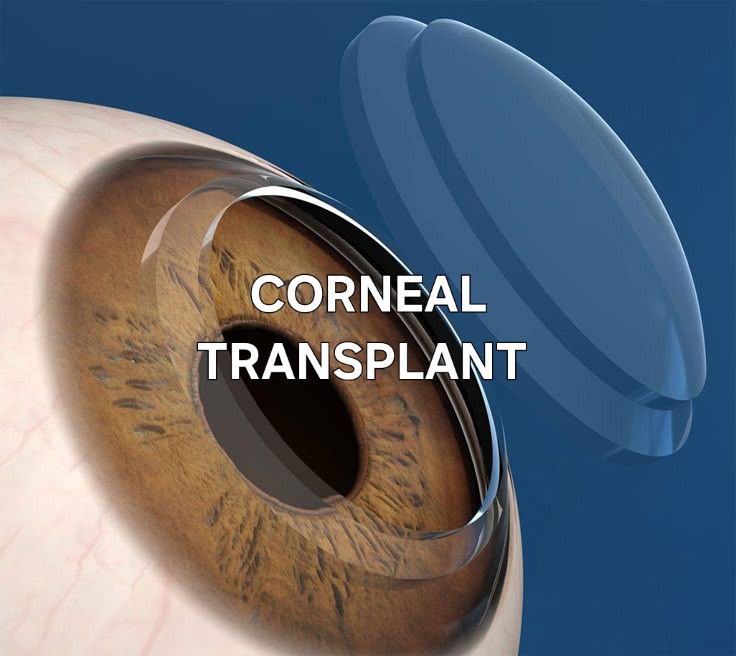
Restore vision and improve quality of life with expert corneal transplants at Dr. Anushka’s Super Speciality Eye Hospital. HOTA-approved and NABH-accredited, we offer advanced, safe, and successful procedures for corneal diseases, even in rural settings.
The Importance of Regular Eye Check-ups: Preventing Eye Diseases Before They Progress
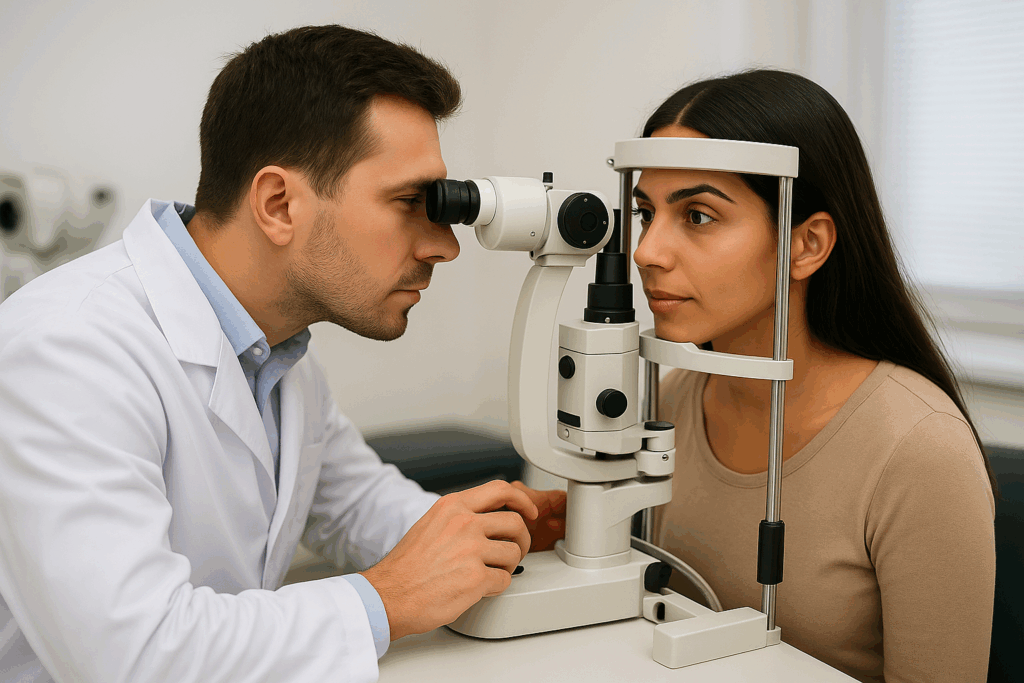
Regular eye check-ups are vital for maintaining good vision and preventing silent eye diseases such as glaucoma, cataracts, and diabetic retinopathy. Early detection and timely treatment at Dr. Anushka’s Super Speciality Eye Hospital ensure long-term eye health and improved quality of life.
Amblyopia (Lazy Eye): Types, Causes, Symptoms, and Management
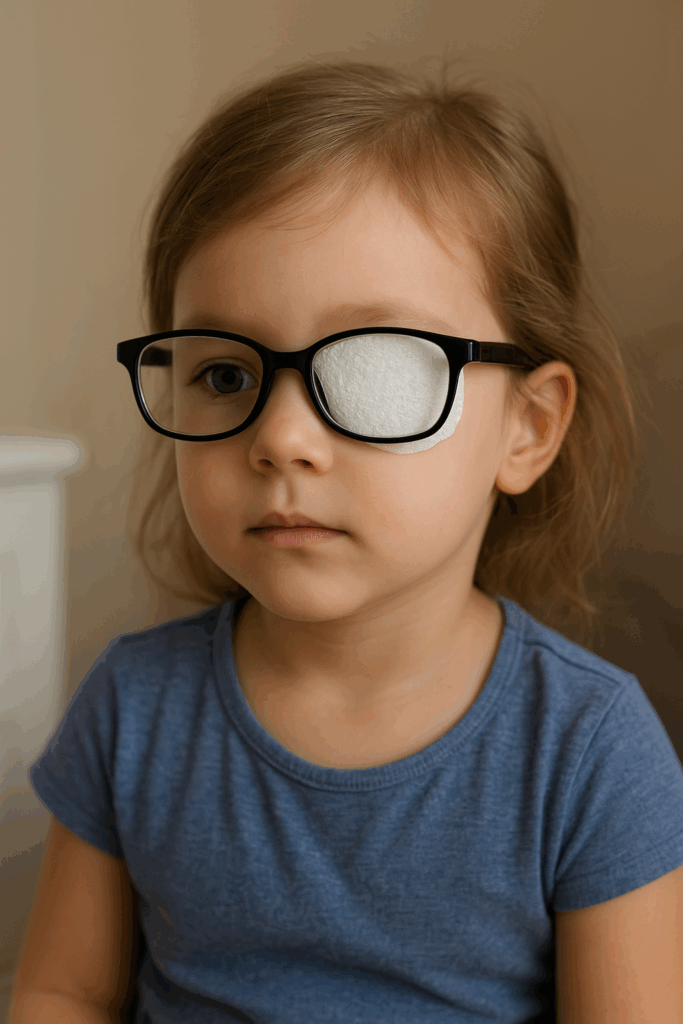
Amblyopia, or lazy eye, is a leading cause of preventable childhood vision loss. This guide explains its types, causes, symptoms, diagnosis, and treatment options—highlighting the importance of early detection for successful recovery.
Diseases of the Pupil: Causes, Systemic Associations, and Clinical Insights
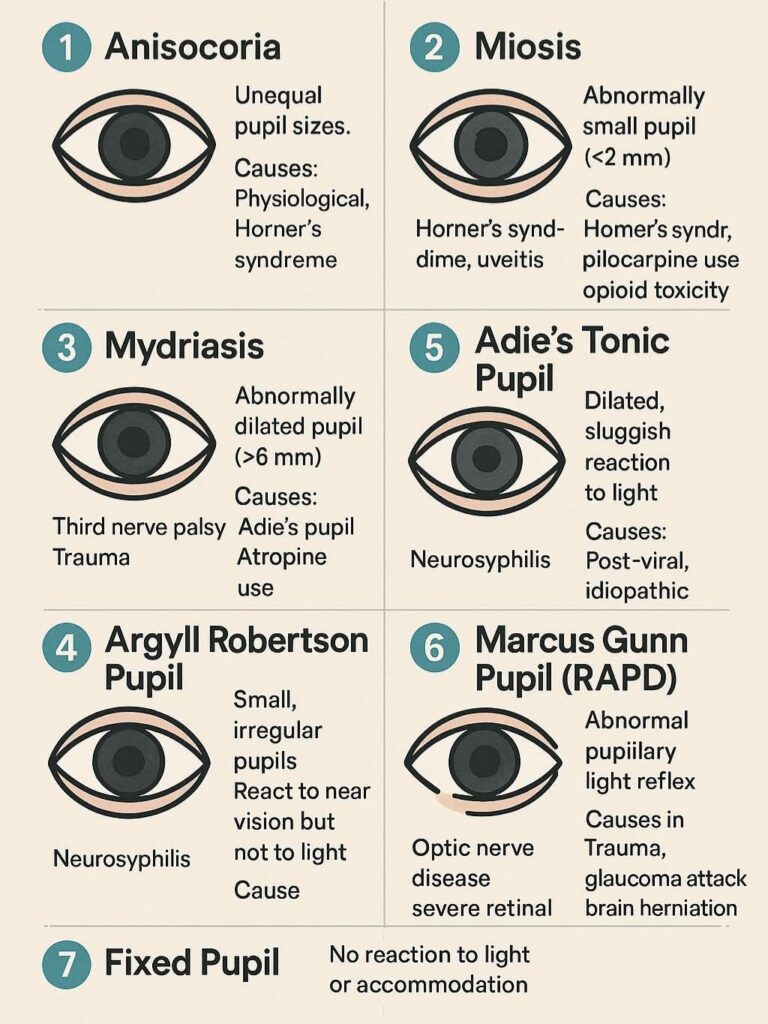
Discover how pupil abnormalities reveal vital clues about eye, brain, and systemic health. Learn causes, systemic associations, diagnostic insights, and treatment of pupil disorders.
Retinal Detachment: Causes, Symptoms, Types, Treatment, and Complications
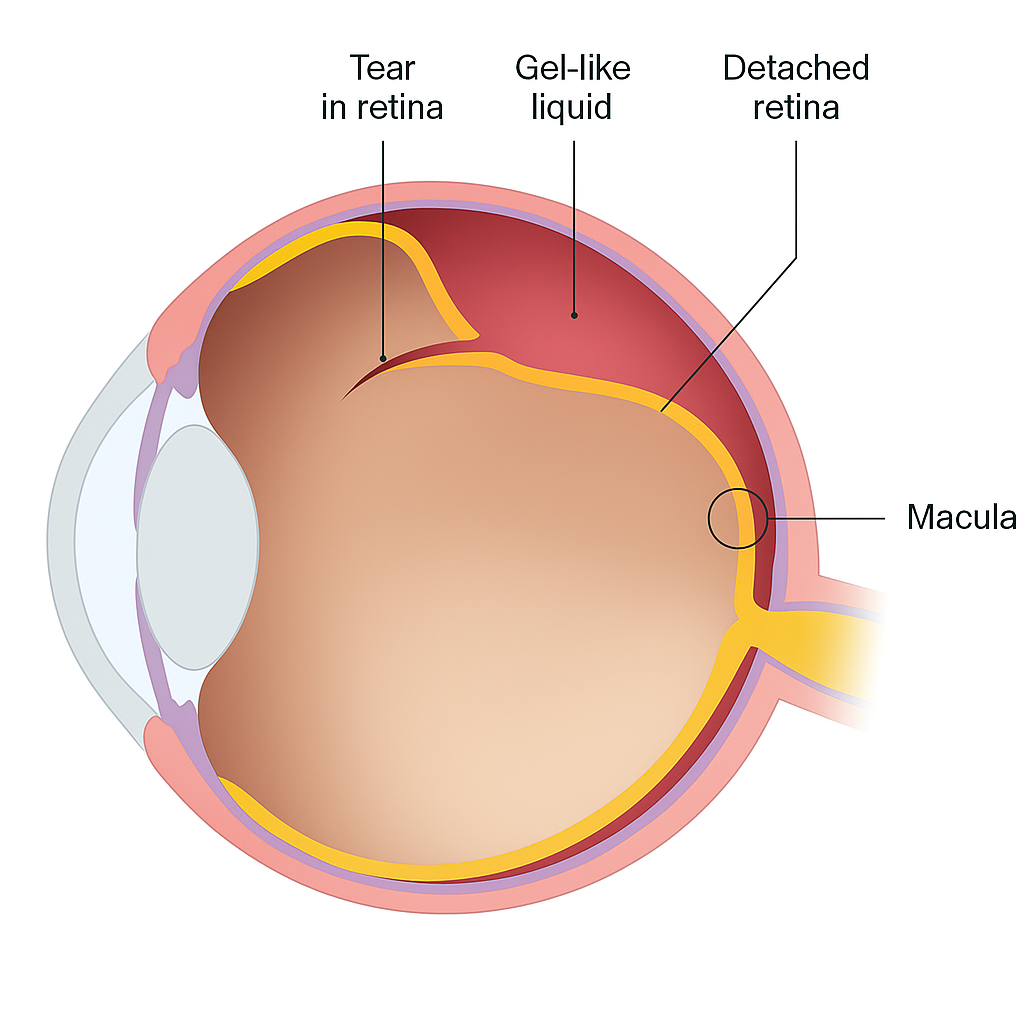
Retinal detachment is a serious eye emergency that can lead to sudden vision loss or blindness if untreated. Learn about its causes, warning signs, types, diagnosis, treatment options, and recovery tips. Early detection and timely surgery greatly improve the chances of saving your sight.
Nutrition in Eye Health: Essential Nutrients and Their Best Sources

Good nutrition is vital for healthy eyes and clear vision. Nutrients like Vitamin A, C, E, lutein, zinc, and omega-3s protect against cataracts, AMD, and dry eye. Learn the best food sources and diet tips to support your eyes naturally and maintain sharp vision throughout life.
Glaucoma: Complete Guide to Causes, Symptoms, Types, Treatment, and Complications

Glaucoma, often called the “silent thief of sight,” is one of the leading causes of irreversible blindness worldwide. This complete guide explains its causes, risk factors, symptoms, types, diagnosis, treatment options, complications, and prevention tips. Learn how early detection and proper care can help protect your vision.
Blepharitis: Types, Causes, and Effective Treatments

Blepharitis is a common eye condition that causes red, swollen, and irritated eyelids, often with crusting at the lash line. While usually not sight-threatening, it can be chronic and uncomfortable if left untreated. Learn about its types, causes, symptoms, and effective treatment options — from simple eyelid hygiene to medications — to manage flare-ups and protect your eye health.
Understanding Dry Eye Syndrome: Causes, Symptoms, Treatment & Prevention
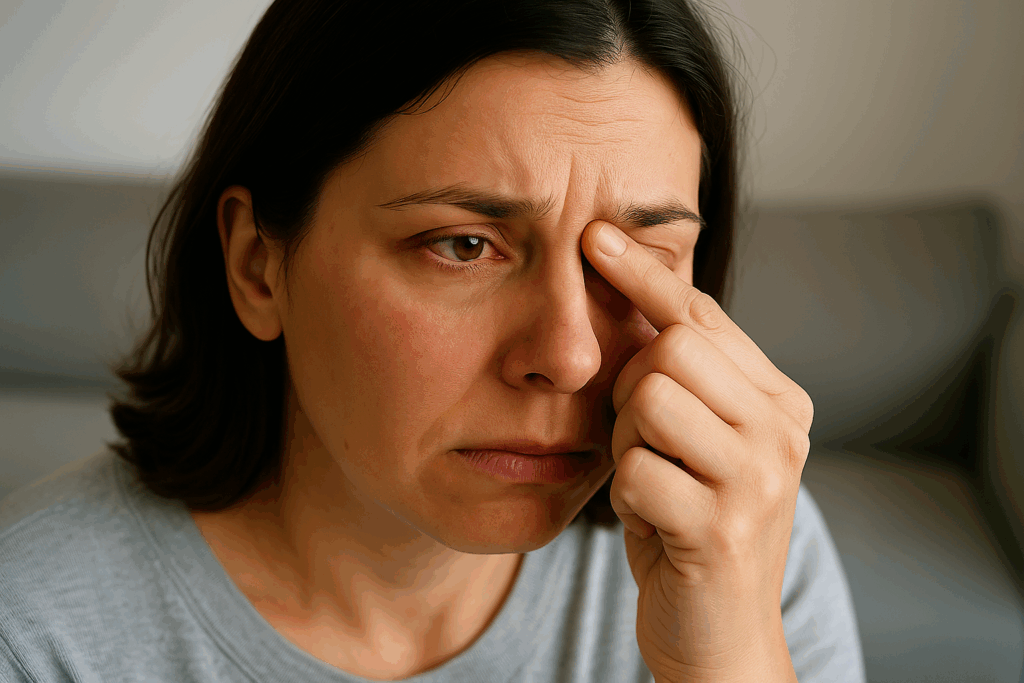
Dry Eye Syndrome is a common yet often overlooked condition that occurs when your eyes do not produce enough tears or when the tears evaporate too quickly. This leads to inflammation and discomfort, affecting your overall eye health and vision clarity. Common causes include aging, prolonged screen time, environmental factors, and certain medical conditions. Symptoms range from dryness, burning, and redness to blurred vision and eye fatigue. Fortunately, various treatments—such as artificial tears, prescription eye drops, lifestyle changes, and preventive care—can effectively manage the condition and restore comfort. Understanding the root causes and adopting early intervention strategies are key to preventing long-term complications.



